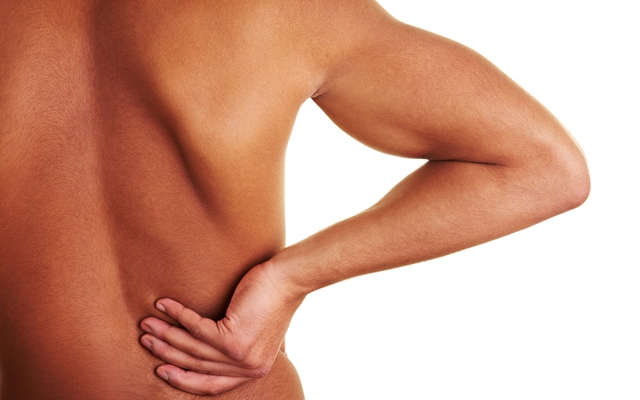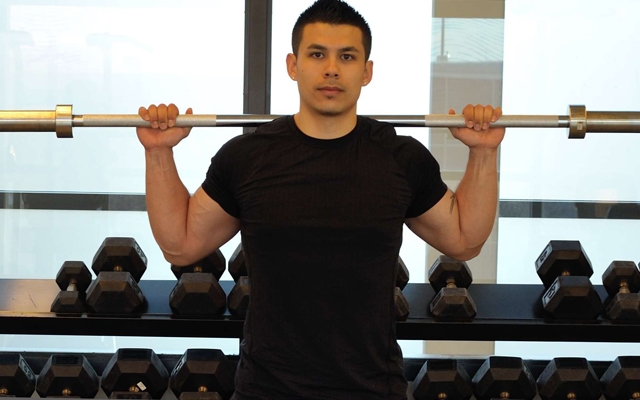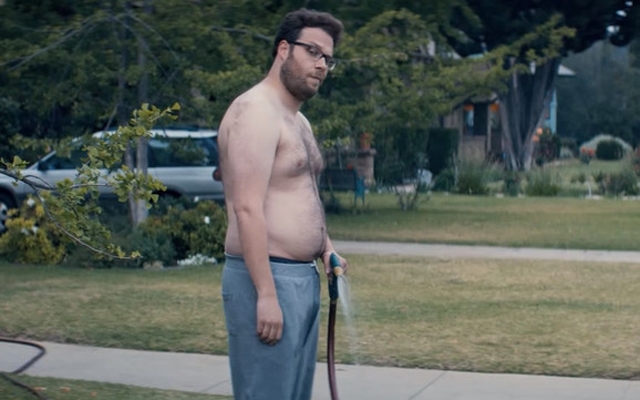So Pilates is something moms that have way too much free time do to stay in shape, escape the house, and socialize with other moms, right?
While this may be true, there is a real trend that we’re seeing among athletes who are now embracing Pilates as a very crucial injury prevention and rehabilitation exercise regime. Some of the big-name athletes that are adopting Pilates as part of their workout and rehab routines include names such as Tiger Woods, Jason Kidd, Kobe Bryant, and Lebron James. In fact, Lebron James adopted a victory gesture known as “Thrown Up The Rock”, which was named after one of his Pilates reformer exercises. This is no joke. Some of the greatest athletes in competitive sports, the ones you idolize and worship as heroes, partake in a lot of the same exercises your middle-aged mother does when she’s trying to lose five pounds before her Mexico vacation.
It appears while the general male population has been a bit slower to embrace Pilates as a game-changing fitness and performance formula, professional athletes and professional sports organizations have jumped on it.
“Pilates workouts using Balanced Body reformers are an excellent conditioning tool for the NBA. The strength, agility, and performance of my players have increased and Pilates has become such an essential part of our workouts that we take a reformer to our away games. I even have a Studio Reformer for my own home use.” — Lawrence Frank, NBA Coach
“I look for ways to turn every ounce of potential into winning performance for my players. Pilates training with the Allegro Reformer strengthens the core muscles, increases flexibility, and helps my guys stay on the field — and off the injured list.” — Garrett Giemont, Conditoning Coordinator, Pittsburgh Steelers
So this trend that we’re seeing among athletes and Pilates can be attributed to the fact that Pilates is a great tool to assist, or accelerate a physiotherapy program when coming back from an injury. Also, by engaging in Pilates core exercises regularly, athletes will create better movement patterns and decrease the chance of re-aggravating old injuries, as well as developing new ones. Not only that, but Pilates is used among athletes to help achieve optimal performance and get the most out of their bodies.
So with that in mind, if you’re an athlete, whether you’re just a leisure athlete, a competitive beer league hockey player, a semi-pro player, or a professional athlete, here are 6 reasons why you should consider Pilates as an option for injury prevention, injury rehabilitation, as well as a tool to optimize your performance:
Reformer machines use springs: The use of springs on the Pilates reformer machines allows you to move through movements fluidly, going through the full range of motion with greater ease and control. Also, the springs make you feel resistance at the muscle’s strongest point of contraction and less resistance on the initiation and completion of movements, which relieves stress on tendons, ligaments, and joints. Then when you’re starting to progress and your injury is getting stronger, you can advance to mat Pilates, which doesn’t use springs to stabilize and support your movements, putting even more focus on your core stabilizers.
Concentration to specific body parts: Pilates requires very intentional and informed movements — you have to be very conscious how you’re moving your body at all times. Pilates gives you the ability to isolate and target appropriate muscle groups that need strengthening. So when you’re dealing with an injury, you can focus on the small surrounding muscles of your injury, helping to support and strengthen the injured area, allowing you to come back faster and stronger.
Conscious breathing: Just the same as Yoga, conscious breathing is a huge part of Pilates. You have to continuously be aware of your breathing, to make sure you aren’t holding in your breath, or restricting your breathing in any way. Traditional therapy routines tend to undermine the importance of correct breathing, which, when done correctly helps the diaphragm to stabilize the trunk. Also, correct and conscious breathing will help you to breathe into your injured areas, helping to slowly relieve pressure points and provide better circulation to injured areas.
Restores muscular balance: Muscle imbalances are a huge component to injuries among athletes. Depending on what sport you play, you will inevitably have certain muscle groups that are weaker than others, which will always be at the risk of injury. The great part about Pilates is that it addresses incorrect movement patterns, promotes even musculature throughout the body, and helps you to move in correct and aligned movements that will not only help to heal your injuries, but will help prevent future injuries.
Control: Pilates is such a safe and effective training program for rehabilitation because all the movements are done with such control. Not only do your movements work in cohesion with springs, but Pilates also focuses on movements that require you to maintain a neutral spine with all the focus on continually keeping a strong core. By limiting movements to your mid-range, or as they call it in Pilates terms “the playing field”, your core alignments are never compromised and your injuries are far less likely to be exposed to awkward and out-of-control movements that might jeopardize your rehab. More importantly, Pilates rehab programs are extremely adaptable and allow the client to work within their own range of movement and always feel like they’re in control of their rehab program, however far their injury will allow them to go or not go.
Positive movements: Pilates teaches clients where their body is in space and helps them to find the best sequence to complete movements. It’s through this positive reaffirmation of movements that those who are injured will re-learn appropriate ways to complete movements that decrease stress on injured areas. Also, Pilates teaches the body how to operate and move at its most optimal and functional, which helps decrease the chance of future injuries.
Brent Burns, defenseman on the San Jose Sharks, can attest to that, “Pilates has become a big part of my conditioning and the stretch reformer is an incredible athletic training tool. It is able to fit taller and bigger body types like myself and is easy to adjust and use. I use it every day and it’s really changed the way I move.”
Pilates is definitely much more than an exercise in vanity. There are so many benefits for athletes and those who perform at high-levels, not only to help them come back from injuries stronger and faster, but to prevent future injuries by continuing with it long after the injury has healed and incorporating it into their training regiment, as well as helping to bolster performance by increasing body awareness and improving the way the body moves. It’s just essential that before you participate in a Pilates rehab program that you make sure you find the appropriate teacher. Pilates as a leisure and fitness exercise is much different than when used as a rehabilitation tool. Even though Pilates is such a controlled workout and rehab program, when movements are done incorrectly or you push your body too far, you run the risk of aggravating injuries. Private sessions are always a good place to start while you’re being assessed by your teacher and are getting a handle on basic Pilate’s movements. Also, while Pilates is an effective rehabilitation tool, it’s something you should probably adopt on top of your traditional physiotherapy regiment, instead of using as a replacement.
It may be a stretch, but who’s to say how much of a role Pilates played in the championships Tiger Woods, Kobe Bryant, and Lebron James have won? Call me crazy, but I’m going to say that Pilates played a role.
If you’re an athlete (in whatever capacity) and currently suffering from an injury, I suggest giving Pilates a chance and incorporating it into your rehab program. You may just find you come back quicker, stronger, and perform even better than you did before. You may even win a championship or two as well.
—
RELATED ARTICLES:
• 6 Ways Pilates Can Improve Your Back Problems
• 5 Reasons Why Every Guy Should Try Pilates
• 4 Ways To Ease Your Lower Back Pain













Pingback: Pilates for Injury Rehabilitiation | Chiropractor in San Pedro, Torrance, & NEwport Beach
Pingback: Why Pilates Is Unsurpassed for Rehab!